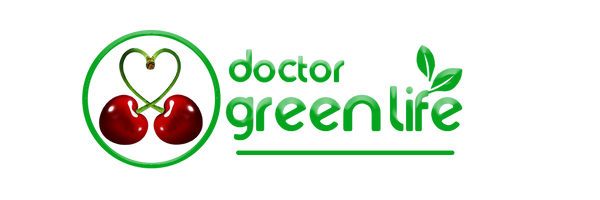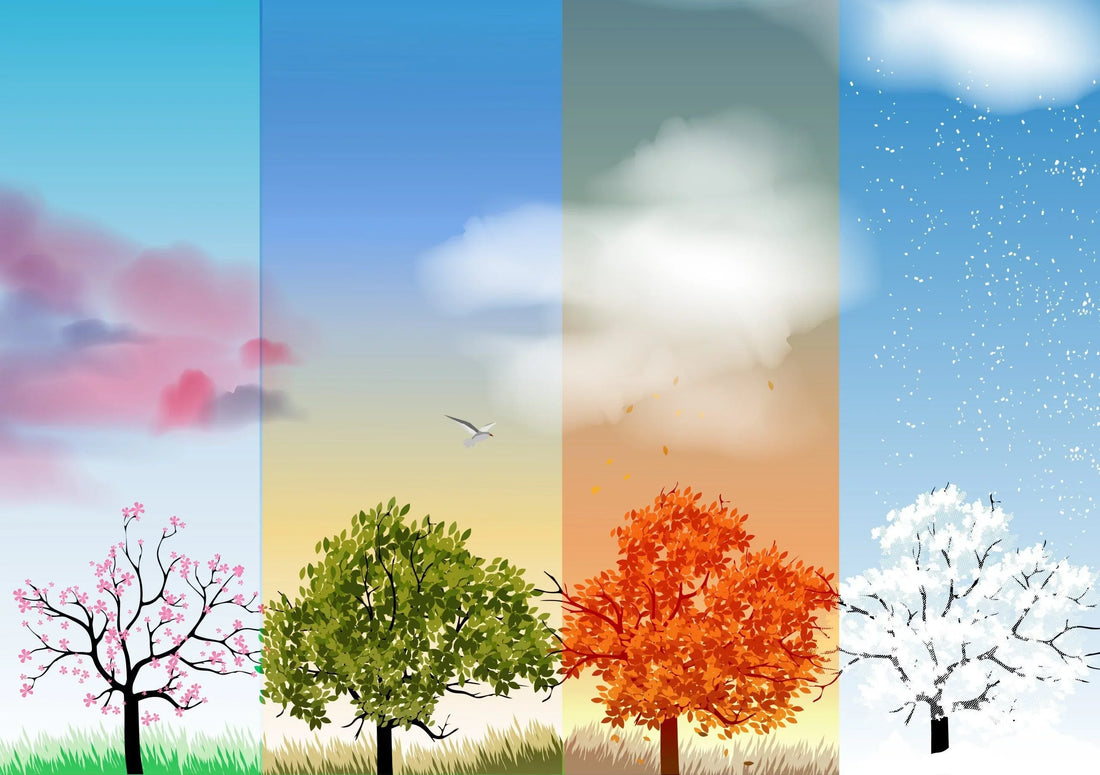The temperaments are classified as warm or cold and dry or moist, derived from the four elements of fire, air, earth, and water. Understanding different material properties can help us choose products that promote our well-being.
Defining temperament
Temperament is synonymous with nature, and it refers to the qualities of warmth, coldness, dryness, and moisture.
Temperamentology
The reference of traditional medicine is nature.
Traditional medicine practitioners have adapted the laws of nature to human existence and discovered the four elements. The four main elements are water, fire, earth, and air. Without these four elements, life does not exist. All beings possess these four elements within themselves.
Temperamentology is a vast science that has interesting applications to diagnose the physical and mental characteristics of each individual and is very effective in identifying and treating various types of diseases.


Generally, we have two types of temperament that differ in concept:
Inherent temperament: Also known as innate or basic temperament, is similar to genetics. It's influenced by the temperament of the parents and is the fundamental temperament with which a person is born.
Transient temperament: This temperament is influenced by factors such as environment and nutrition, causing it to change over time.
Humans, animals, human organs, plants, rocks, seasons, colors, and everything we see around us have temperaments.
|
Element |
Temperament |
Humor | Season | Color |
|
Air |
Warm and moist |
Sanguin | Spring | Red |
|
Fire |
Warm and dry |
Choleric | Summer | Yellow |
|
Earth |
Cold and dry |
Melancholic | Autumn | Black |
|
Water |
Cold and moist |
Phlegmatic | Winter | White |
If the human body is composed of balanced proportions of earth, water, air, and fire, a moderate temperament arises. However, if one element dominates over the others, the four primary temperaments, namely, sanguine, phlegmatic, choleric, and melancholic, are created.
Every food we eat has significant effects on all parts of our body. By identifying our temperament, we can avoid eating foods that may cause problems for us.
Physical and behavioral characteristics of different temperaments
Each temperament has specific characteristics in the face and body features that we will examine further.
Individuals with a sanguine temperament (warm and moist)
Physical appearance
Individuals with a sanguine temperament tend to have robust and fleshy bodies, with coarse and muscular bone structure, prominent chest, and soft and balanced skin. Their bodies are warm, and their skin tends to be reddish. Their veins appear prominent. They have thick, lush, and oily hair. In men, they have a receding hairline (starts thinning from the center) and a hairy body.

Personality traits
Individuals with a sanguine temperament have a pleasant, outgoing, broad-minded, brave, fearless, self-centered, sociable, flexible, generous, imaginative, emotional, and kind personality. They are cheerful and spirited, but sometimes careless, gullible, excited, and anxious. Due to the transparency of their element, air, they are not secretive. They also have good memory and physical endurance, and they are physically active. They do not research various matters and make decisions quickly. People with a hot and moist temperament cannot tolerate warm and humid conditions well, and their sleep is deep.
Individuals with a choleric temperament (warm and dry)
Physical characteristics
Individuals with a hot and dry temperament have slender bodies with large and firm joints, skin prone to yellowness (in people with dark skin, their eyes appear yellow), and dry skin. They have coarse hair, sparse hair on the head in men (starting to fall out from the forehead), cracked tongue, and elongated fingers.

Personality traits
Individuals with a choleric temperament are intelligent, generous, outspoken, quick, sociable, spirited, emotional, fiery, bold, and risk-takers. They have a strong memory and good appetite. These individuals become easily angered and may jump from one topic to another. They are highly physically active and mentally precise and organized. They are foundational individuals but have fluctuations in their decision-making. They cannot tolerate warm and dry conditions well, and 5 to 6 hours of sleep per day is sufficient for them.

Individuals with a phlegmatic temperament (cold and moist)
Physical characteristics
Individuals with a phlegmatic temperament typically have large and overweight bone structures, predisposed to obesity. Their bone structure is not as robust as individuals with a hot and moist temperament; instead, their main characteristic is an increase in body fat mass and obesity. They have soft and white skin, thin hair, a thick and white tongue, large eyes, and a low-pitched voice.

Personality traits
Individuals with a phlegmatic temperament are gullible, calm, introverted, slow, reserved, melancholic, and cold personality. They are good listeners. Emotionally, they are fearful and shy, but they have high self-confidence. They have little daring and risk-taking tendencies. Compared to individuals with a cold and dry temperament, they are more meticulous and detail-oriented, and they extensively research their decisions. They have a slight thirst sensation. Physically, they lack endurance, and their mental activity is slow. People with this temperament cannot tolerate cold and humid conditions well, sweat less, have heavy sleep, and require 8 hours or more of sleep per day.
Individuals with a melancholic temperament (cold and dry)
Physical characteristics
Individuals with a melancholic temperament are slender, with small joints and a bony structure. They have (usually dark) cold and dry skin with a rough texture, thick and full hair, and small eyes.

Personality traits
Individuals with a melancholic temperament are thoughtful, inclined towards management and artistic thinking, analytical, perfectionist, detail-oriented, highly intelligent, pessimistic, skeptical, organized, restless, reserved, cold, hopeless, vengeful, stubborn, fearful, and anxious. They have a good short-term memory, are not sociable, and tend to make decisions slowly in various matters. Their appetite constantly changes , and they prefer snacking to meals . They are stable, consistent, and active in physical activities. Emotionally , they feel restless and sensitive. People with this temperament have a vivid imagination and cannot tolerate cold and dry conditions well. They sweat less and tend to suffer from insomnia. Women with this temperament may experience depression during menstruation.
Note: Temperaments have a spectrum and gradation, meaning two individuals may both have a warm temperament, but one might be warmer than the other. In fact, no two individuals have exactly the same temperament, but they may be close to each other.
Conclusion
There are not inherently good or bad temperaments. All temperaments are good when balanced, but if one or more temperaments in an individual become imbalanced and dominant, they may be prone to certain diseases.
Creating balance in the body is not solely achieved by consuming appropriate foods but also by adopting a healthy lifestyle in every aspect of life. Nutrition (eating and drinking) is just one aspect of nourishment.
Individuals with a Choleric temperament, characterized by warmth and dryness, should opt for slightly cooler and moister foods to maintain balance. Otherwise, a diet that is too warm can lead to excessive heating of the body and make them more susceptible to certain conditions.
Therefore, having a healthy lifestyle tailored to each temperament is essential for maintaining physical and mental health.
External Sources
If you enjoyed the content or have any feedback, please consider leaving a review.




